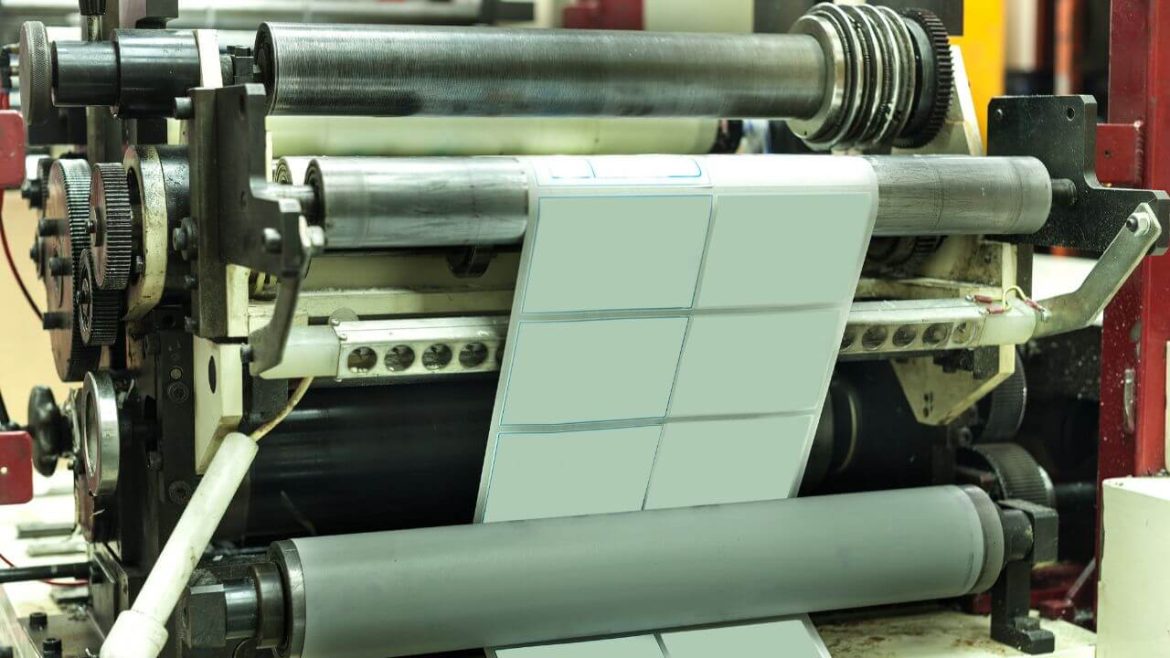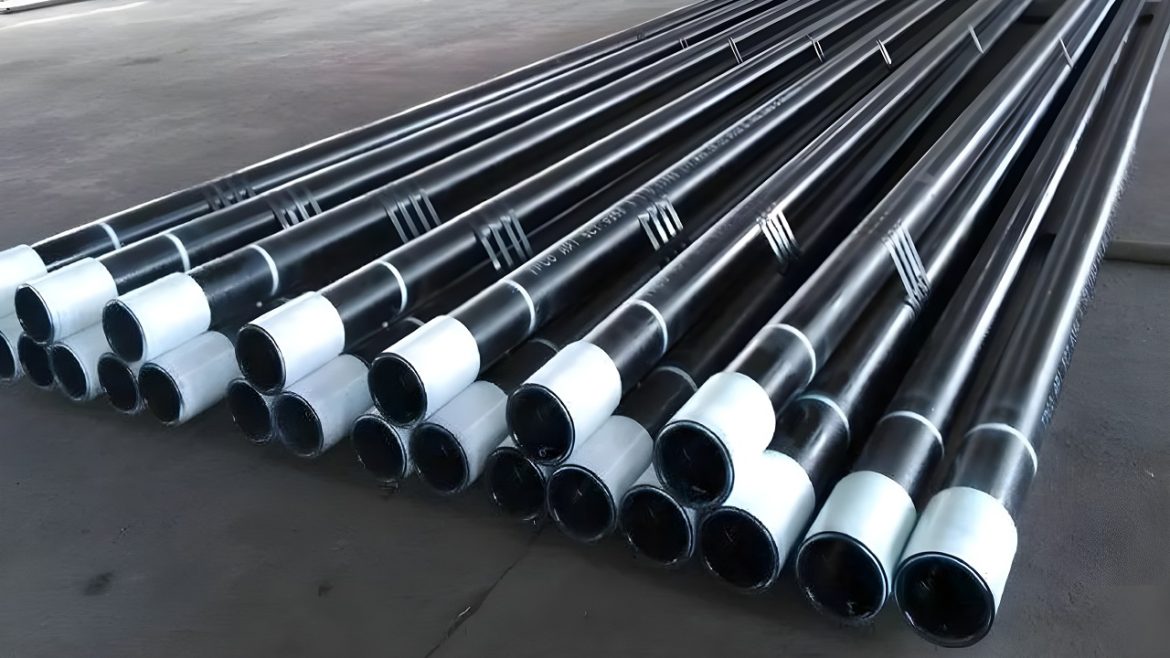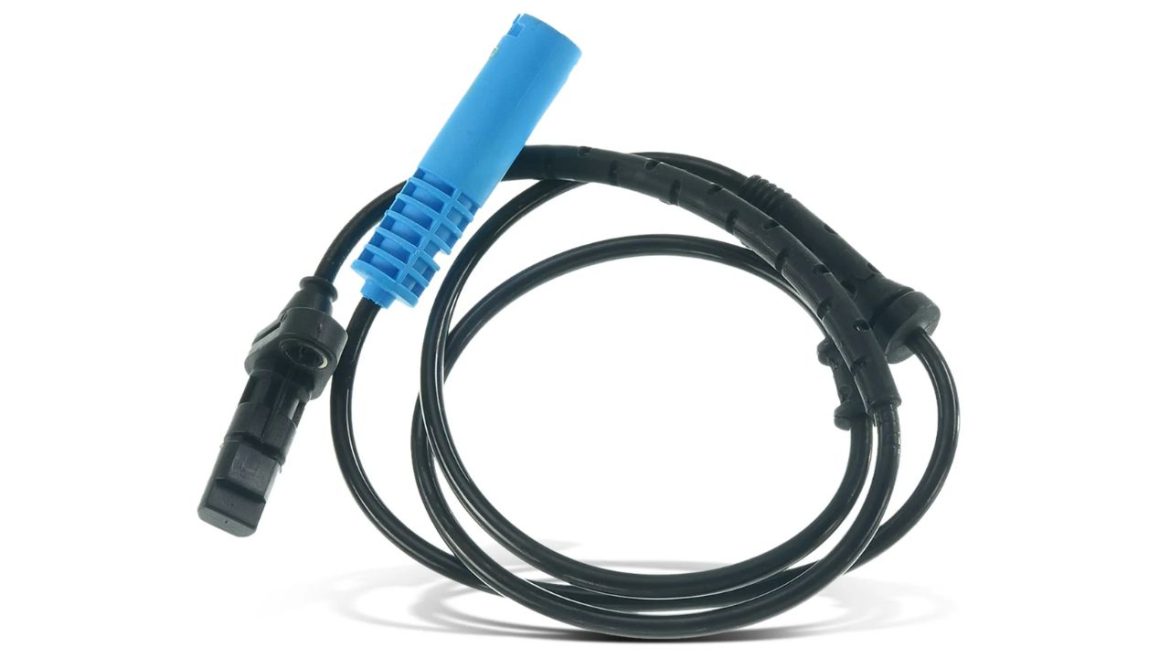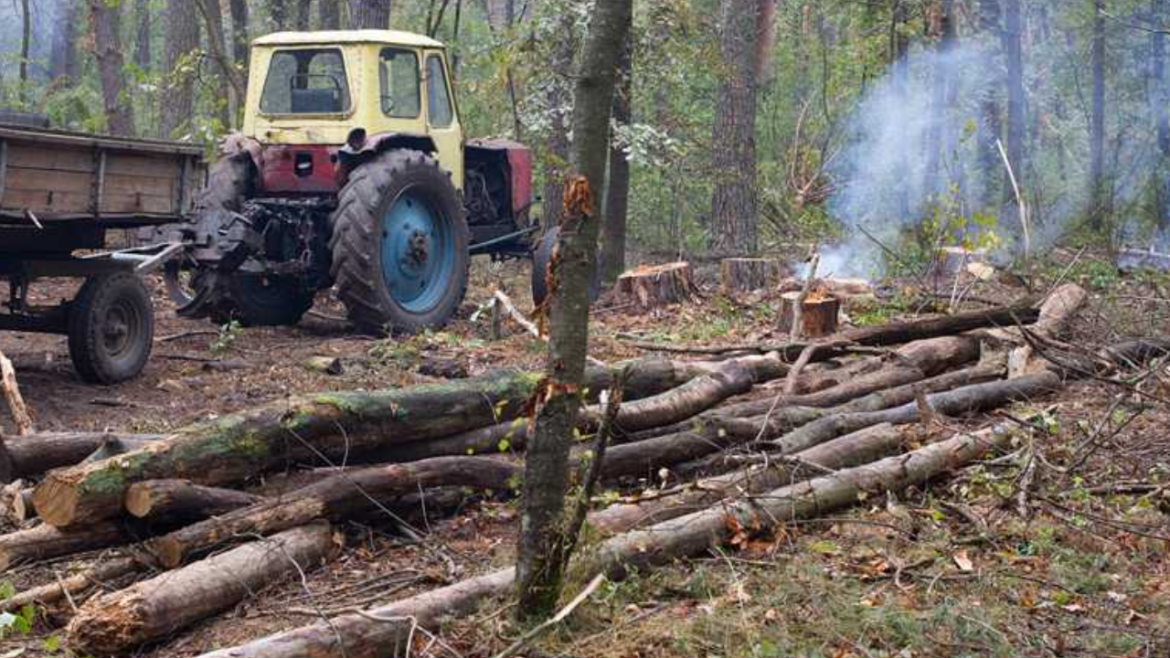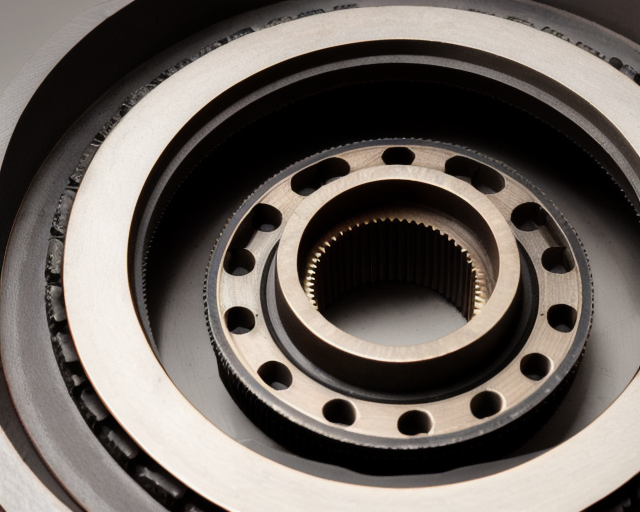Chinese labeling machine manufacturers have been increasingly making a mark in international markets, driven by their capacity to adapt to diverse global demands and maintain high standards of quality and innovation.
This article explores how these manufacturers have optimized their strategies and technological prowess to cater to a broad range of international clients.
Adhering to International Quality Standards
Quality assurance is paramount when competing on a global stage. Chinese manufacturers of labeling machines have significantly improved their manufacturing processes to adhere to stringent international standards such as ISO certifications, FDA approvals, and CE marking.
By complying with these standards, they ensure that their machines are reliable, safe, and efficient, which are critical factors for international customers. Additionally, these manufacturers often undergo regular audits and obtain necessary certifications to continuously uphold these standards, thereby building trust and credibility in foreign markets.
Incorporating Advanced Technology
Technology integration is another crucial area in which Chinese labeling machine manufacturers excel. They have embraced cutting-edge technologies, including artificial intelligence, machine learning, and IoT connectivity, to enhance the functionality and efficiency of their machines.
For instance, smart sensors and vision systems are integrated to improve the precision and speed of label placement, which is crucial for pharmaceutical and food packaging industries that demand high accuracy. These technological advancements not only boost the efficiency of labeling processes but also provide remote monitoring and diagnostic capabilities, catering to the maintenance needs of international clients.
Customization to Meet Diverse Needs
Customization is a key factor that helps Chinese manufacturers meet the varied requirements of the international market. Understanding that each market and client may have different needs based on local regulations, cultural nuances, and operational environments, manufacturers offer highly customizable solutions.
Whether it’s adapting the machine to handle various label sizes and materials or integrating specific software that aligns with the client’s existing systems, Chinese manufacturers have shown a flexible approach to product development.
Enhancing Export Logistics and Support
To effectively serve international customers, Chinese labeling machine manufacturers have also streamlined their export logistics. This includes establishing efficient supply chain mechanisms to ensure timely delivery and reduce logistical costs.
Furthermore, they have focused on providing comprehensive after-sales support, including installation assistance, operational training, and ongoing maintenance services, which are often managed through local partners or direct support from China. Such robust support systems ensure that international customers experience minimal downtime and receive quick responses to any operational issues.
Building International Partnerships
Collaboration and partnerships have been instrumental in the international success of Chinese labeling machine manufacturers.
By forming alliances with local distributors and service providers, they gain insights into regional market trends and customer preferences, which help tailor their product offerings. These partnerships also facilitate easier access to local markets through established networks, enhancing market penetration and brand visibility.
Marketing and Branding Strategies
Effective marketing and branding strategies have also played a significant role in helping Chinese manufacturers establish a presence in international markets.
By participating in global trade shows, engaging in digital marketing campaigns, and maintaining an active online presence, these manufacturers have enhanced their visibility and attractiveness to international buyers. These efforts are complemented by testimonials and case studies that showcase successful deployments of their machines in various sectors, further reinforcing their reputation as reliable suppliers.
Conclusion
In conclusion, Labeling machine manufacturers in China are adeptly meeting international market demands through a multifaceted approach encompassing adherence to quality standards, technological innovation, customization, efficient logistics, strategic partnerships, and proactive marketing. As they continue to evolve and adapt, their presence in the global market is poised to grow, reinforcing China’s role as a leading player in the industrial manufacturing sector.
